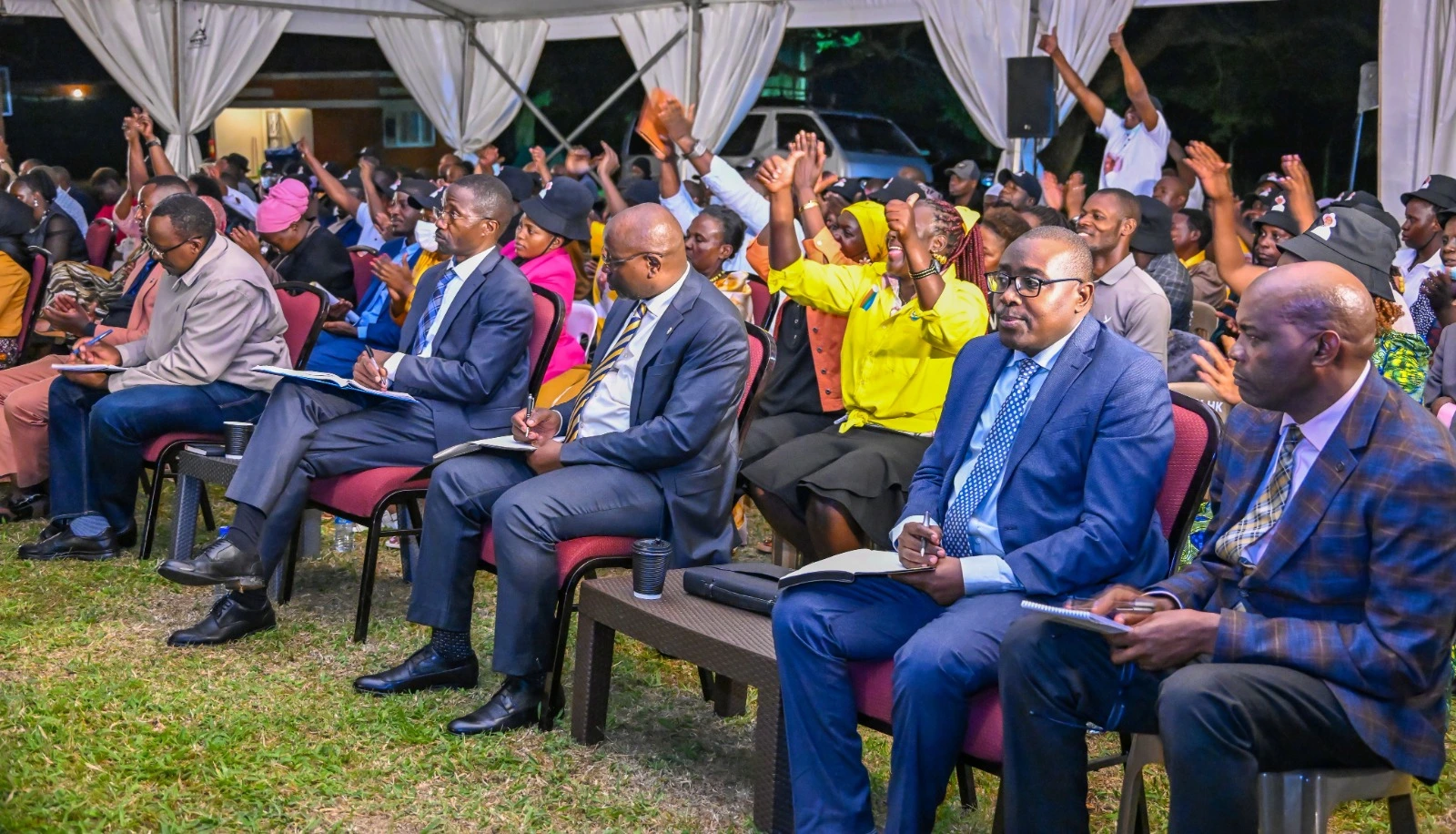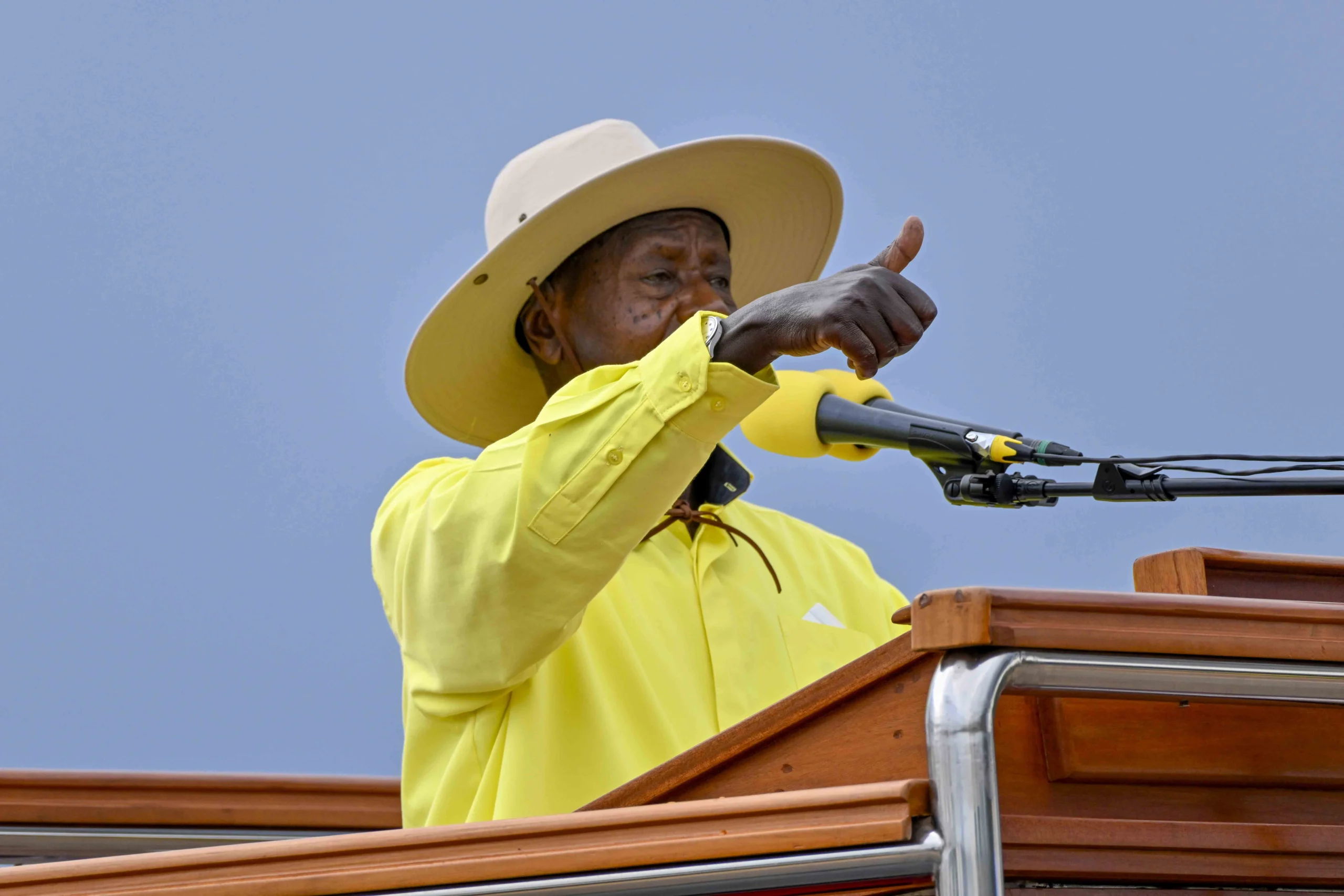Nestled in the heart of East Africa, Uganda—the “Pearl of Africa”—is quietly scripting an agrarian revolution, one coffee bean at a time. Coffee, the nation’s golden crop, is not just a beverage staple but a lifeline for millions, contributing 20–30% of Uganda’s annual export earnings and anchoring rural transformation. From the terraced hills of Kamwenge to the bustling trading floors of Kampala, this crop embodies the synergy of visionary leadership, strategic policymaking, and the grit of smallholder farmers. Here’s how Uganda is brewing economic prosperity through coffee.
From Colonial Cash Crop to Modern Economic Backbone
Coffee’s roots in Uganda trace back to the 19th century, introduced by British colonialists as a cash crop. However, its true potential has been unlocked under President Yoweri Museveni’s National Resistance Movement (NRM). Since the 1990s, the government has prioritized coffee as a driver of export-led growth, shifting focus from subsistence crops like maize to high-value, climate-resilient Arabica and Robusta varieties.
The results are staggering:
- Production Surge: Coffee exports soared to 6.12 million 60-kg bags in 2023, up from 4.5 million in 2020, cementing Uganda as Africa’s second-largest coffee producer after Ethiopia.
- Household Impact: Over 1.8 million families depend on coffee for income, with Robusta dominating 80% of production, thriving in Uganda’s fertile equatorial soils.
The Kamwenge Blueprint: A District Transformed
Kamwenge District, once synonymous with subsistence maize farming, now epitomizes Uganda’s coffee success. Over 60% of its homesteads grow coffee today, a dramatic leap from 10% in 2004. This shift began with President Museveni’s relentless advocacy. During rallies, he urged farmers: “Maize has no money. Coffee, fruits, and poultry are the pathways out of poverty.”
Julius Akorinako: A Poster Farmer for Change

At 68, retired educator Julius Akorinako embodies this transformation. In 2019, he swapped maize for coffee on his six-acre farm in Lwamugonera village. Starting with two acres of clonal coffee, he now earns Shs 40 million ($10,600) annually, employs 80 workers, and funds his children’s university education. “Coffee opened my eyes,” he says. “I thank Museveni for this awakening.”
Akorinako’s solar-powered irrigation system and diversified ventures—bananas, goats, and mangoes—highlight the government’s push for climate-smart farming. His story mirrors Kamwenge’s broader progress: once a maize belt, the district now supplies 15% of Uganda’s coffee exports.
Policy Engine: Mindset Change, Infrastructure, and Finance
President Museveni’s policies have been pivotal in scaling coffee’s impact:
- Parish Development Model (PDM):
This $1.1 billion initiative, targeting 3.5 million households, provides low-interest loans for agro-industrialization. In Kamwenge alone, 150,000 families have accessed PDM funds to buy seedlings, fertilizers, and irrigation kits. - Infrastructure Investments:
New roads like the Ibanda–Kabarole Highway connect farmers to markets, while solar-powered irrigation projects mitigate drought risks. Over 60% of Kamwenge’s coffee farms now use hybrid drought-resistant clones. - Land Reforms:
To curb fragmentation, Museveni advocates for family-owned enterprises over subdivided plots. Akorinako, for instance, registered a family company, ensuring his children benefit collectively from the farm’s profits.
Economic Ripple Effects: Jobs, Forex, and Stability

Coffee’s contribution extends far beyond farms:
- Export Earnings: Generating $867 million in 2023, coffee is Uganda’s second-largest forex earner after gold.
- Job Creation: The sector employs 5.3 million Ugandans—from farmers to processors—accounting for 15% of the national workforce.
- Social Stability: In conflict-prone regions like Kamwenge, coffee profits have reduced youth unemployment, deterring recruitment by groups like the Allied Democratic Forces (ADF).
Storm Clouds: Climate, Value Gaps, and Global Volatility
Despite progress, challenges loom:
- Climate Vulnerabilities: Only 5% of farmers use irrigation, leaving crops exposed to erratic rains. The 2023 El Niño drought slashed yields by 12% in western Uganda.
- Value Addition Deficit: Uganda exports 80% of its coffee unprocessed, missing out on the $200 billion global coffee market. While Nestlé and Ugacof operate local processing plants, most farmers lack access to roasting or packaging tech.
- Price Swings: Global price fluctuations threaten smallholders. The 2023 Coffee Bill aims to stabilize prices through a regulatory authority, but implementation lags.
The Road to 2030: Scaling Ambitions
Uganda eyes 20 million coffee bags annually by 2030. Achieving this demands:
- Value Chain Investment: Incentivizing local processing to capture premium markets.
- Climate Resilience: Scaling solar irrigation and promoting drought-resistant clones.
- Youth Engagement: Leveraging tech to attract Uganda’s 78% under-30 population into agribusiness.
Vision Realized
President Museveni’s mantra—“Darkness of ignorance is like murder”—has galvanized a rural mindset shift. For Kamwenge’s farmers, coffee is no longer a crop but a passport to education, healthcare, and dignity. As First Lady Janet Museveni noted during her Kamwenge visit: “When leaders meet citizens where they live, hope is restored.”
With 70% of arable land still untapped, Uganda’s coffee journey is just beginning. As global demand surges, this humble bean promises to brew a brighter future for the Pearl of Africa.




